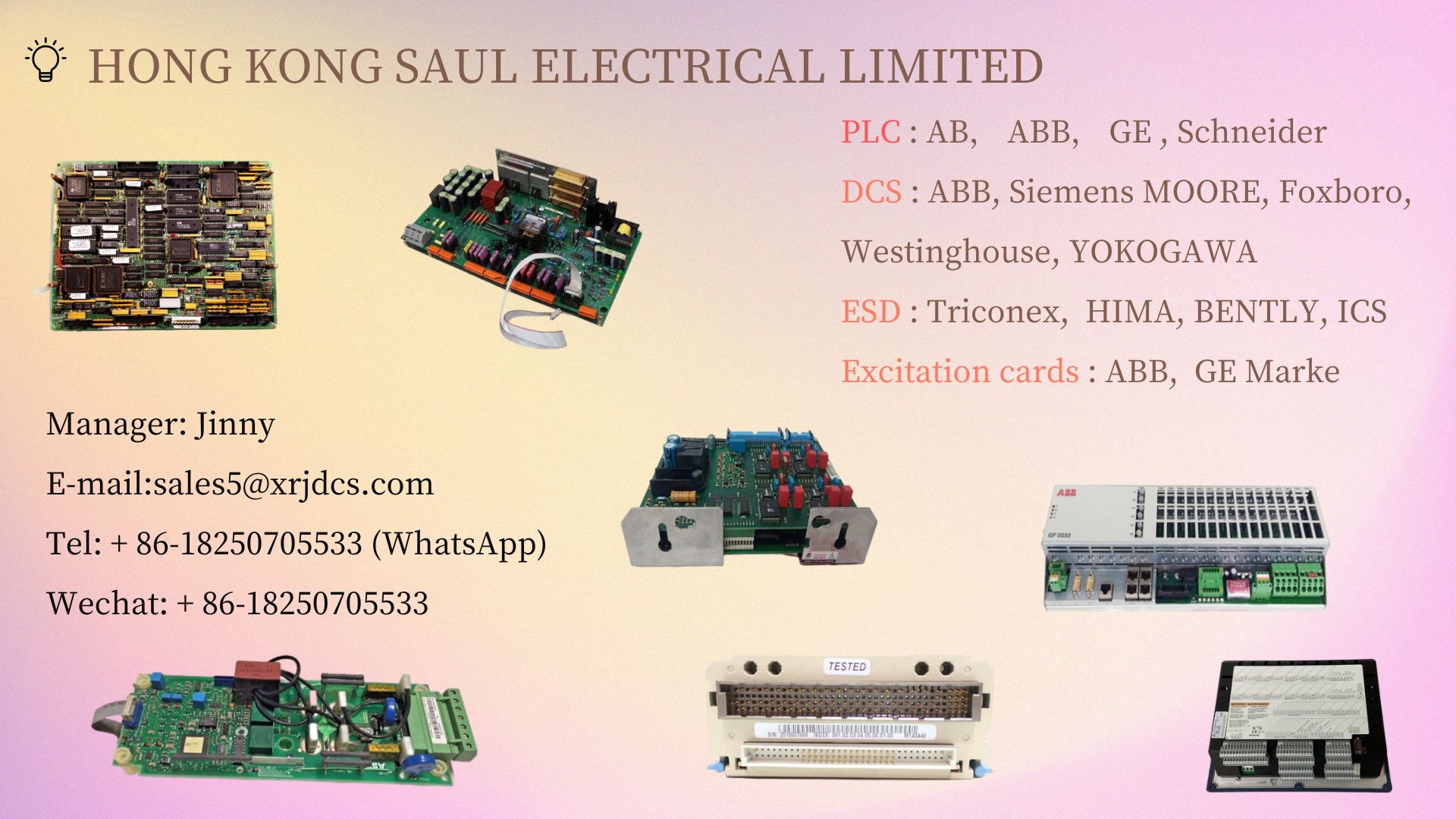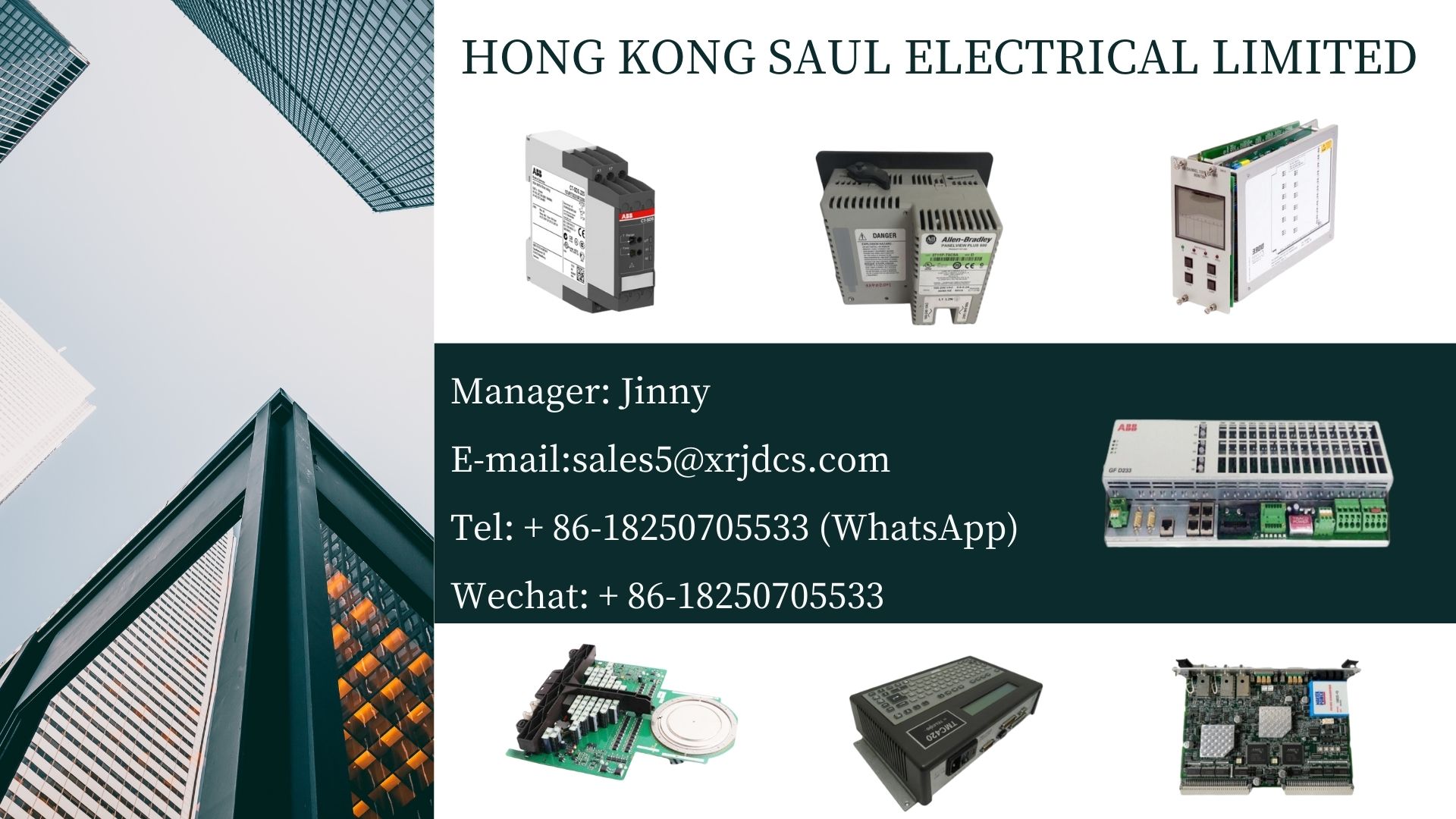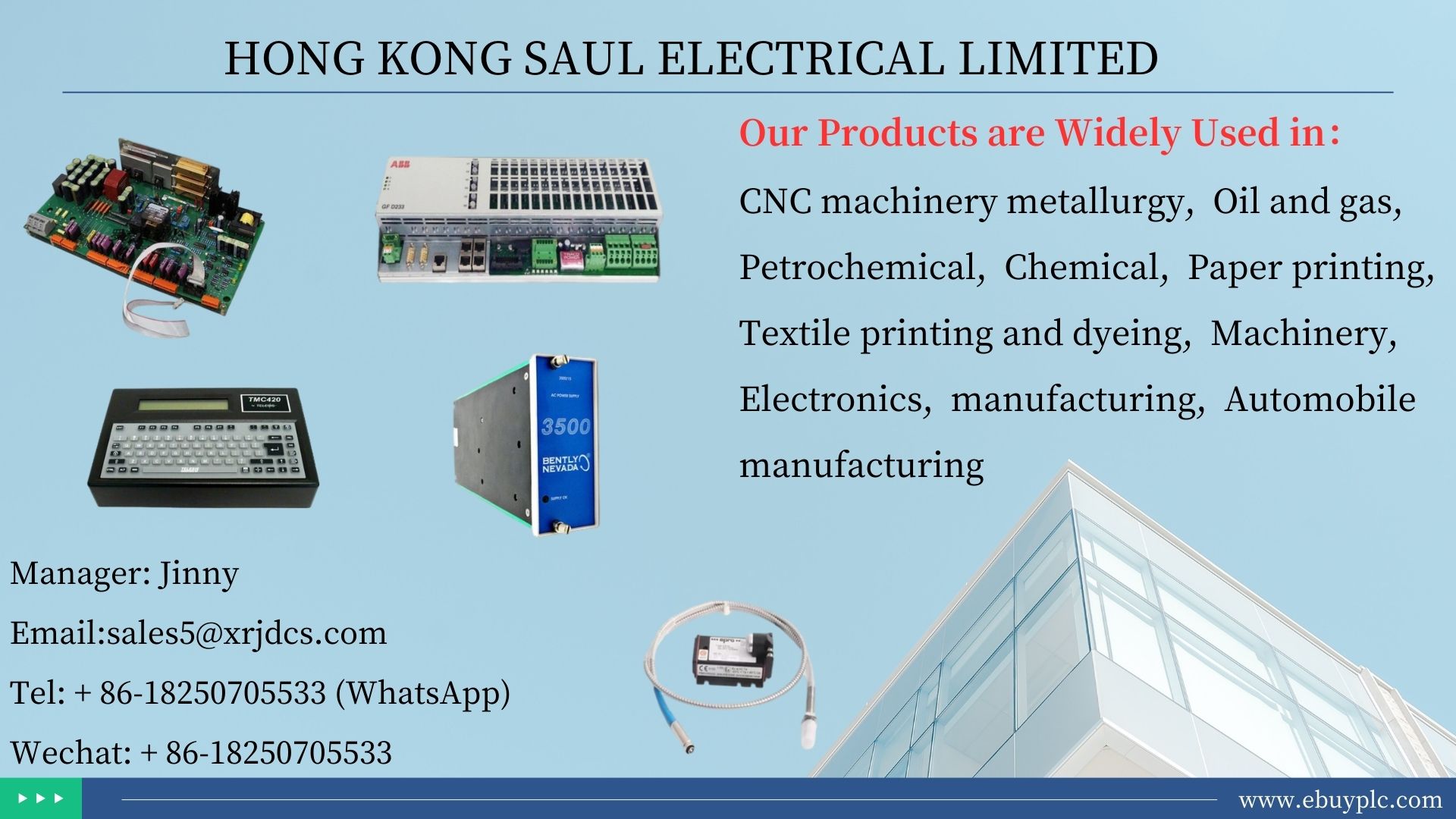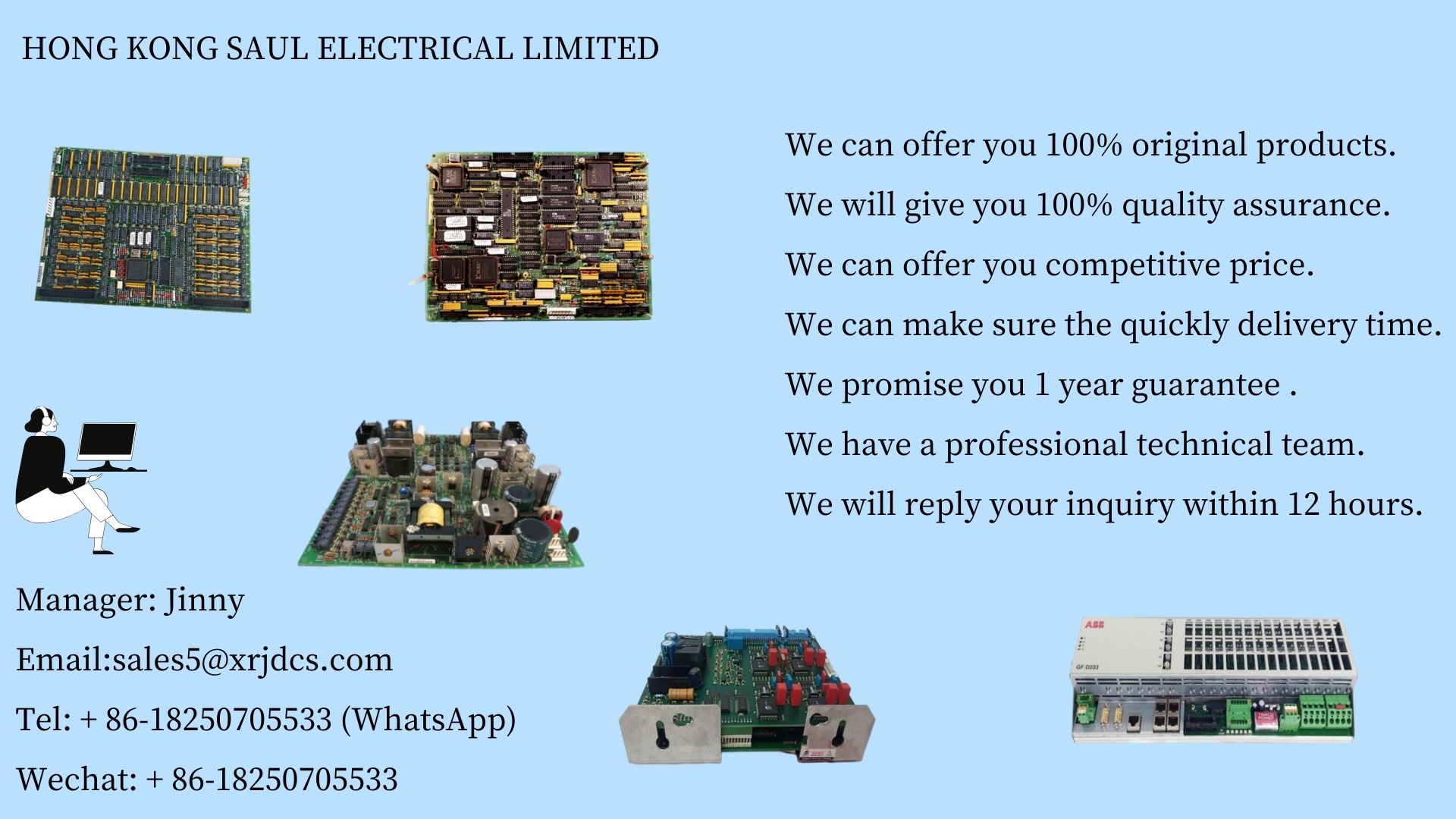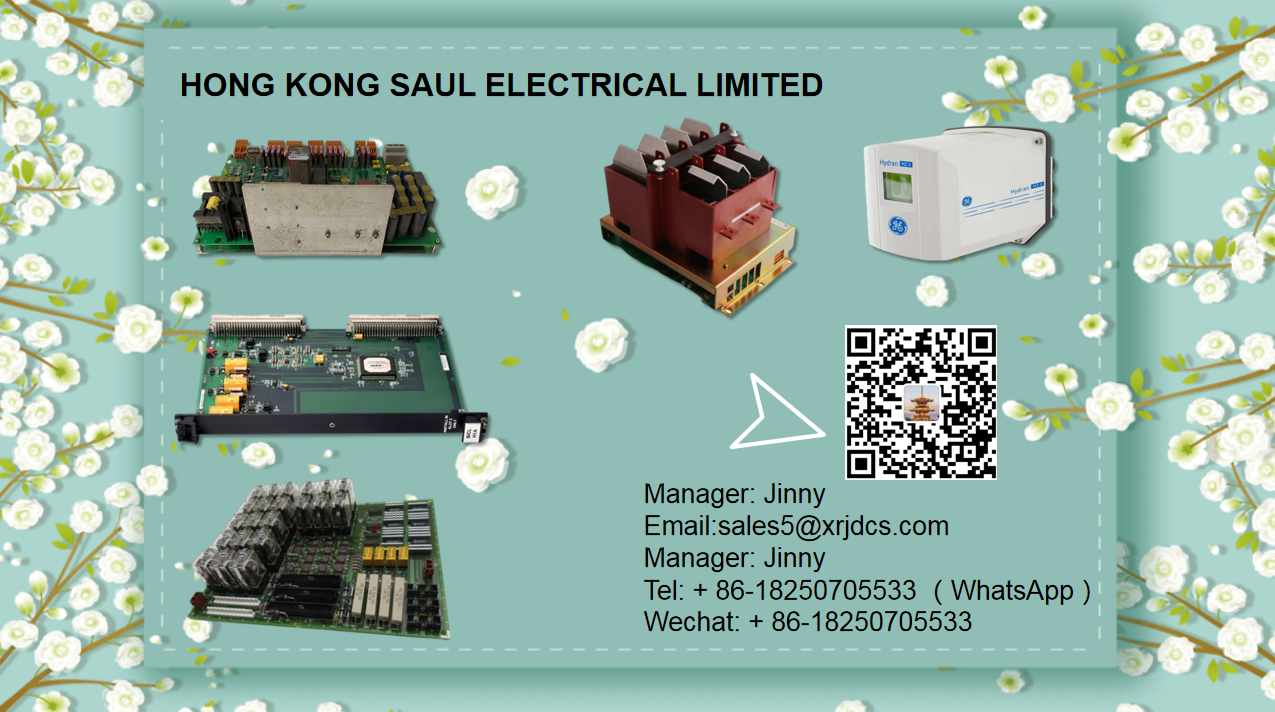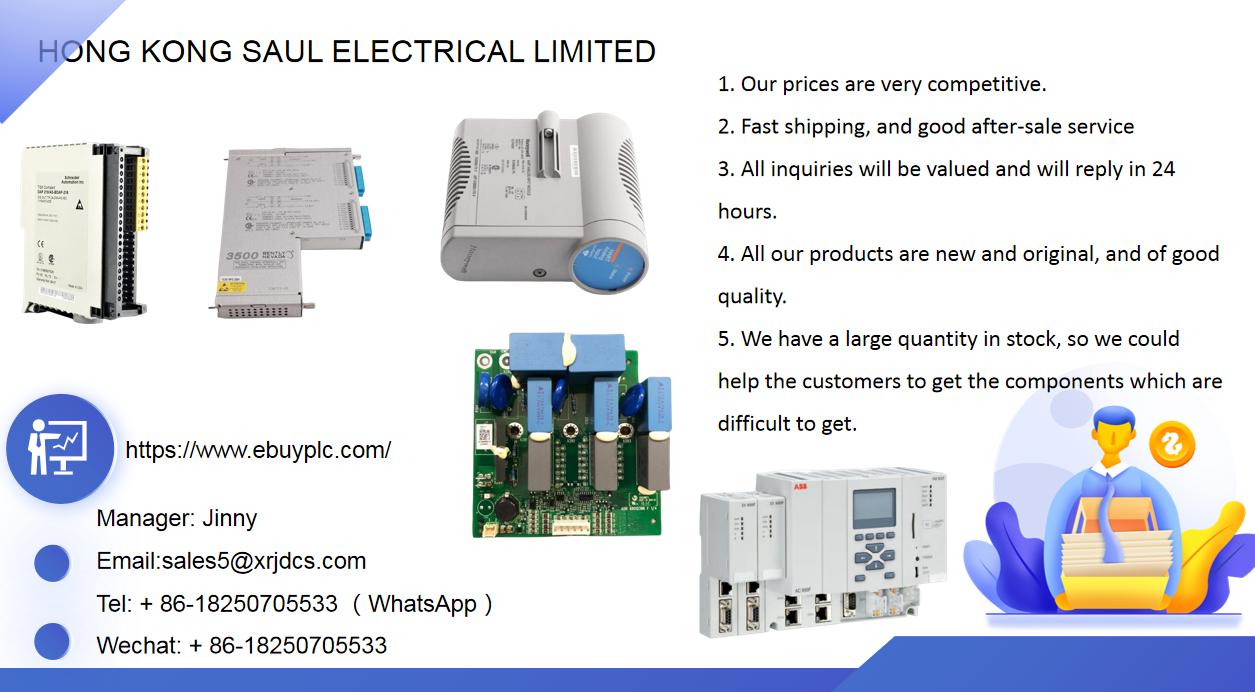0102030405
[iMBSE] | innovation of architecture design - generative Engineering
2023-12-08
 Nowadays, the complexity of complex systems has shown an explosive growth, and there is no doubt about the importance of innovation. The ever-changing advanced technology has greatly increased the difficulty of design, development and engineering. At the same time, in order to maintain competitiveness, enterprises must provide the best design to maintain product advantages. For design engineers, they really bear too many responsibilities. They should not only make the system design meet the requirements, but also consider the constraints of technology, cost and materials, but also explore a better design in a limited time. However, the current design exploration method has reached the limit, but the design process is becoming more and more complex.
Design is not easy, where is the road? Enterprises and engineers urgently need a new methodology. So, in today's era of intelligence and automation, can the modeling process itself be automated for design modeling? Fortunately, generative engineering or generative engineering provides this possibility. Generative engineering is a self innovative design process, which can generate potential feasible design schemes through generative design according to the given design intention and constraints, and then make comprehensive comparison, and push the screening scheme to the designer for optimal decision.
Nowadays, the complexity of complex systems has shown an explosive growth, and there is no doubt about the importance of innovation. The ever-changing advanced technology has greatly increased the difficulty of design, development and engineering. At the same time, in order to maintain competitiveness, enterprises must provide the best design to maintain product advantages. For design engineers, they really bear too many responsibilities. They should not only make the system design meet the requirements, but also consider the constraints of technology, cost and materials, but also explore a better design in a limited time. However, the current design exploration method has reached the limit, but the design process is becoming more and more complex.
Design is not easy, where is the road? Enterprises and engineers urgently need a new methodology. So, in today's era of intelligence and automation, can the modeling process itself be automated for design modeling? Fortunately, generative engineering or generative engineering provides this possibility. Generative engineering is a self innovative design process, which can generate potential feasible design schemes through generative design according to the given design intention and constraints, and then make comprehensive comparison, and push the screening scheme to the designer for optimal decision.
The so-called generative design, in popular terms, is to independently generate models through algorithms and knowledge-based reasoning methods in design software according to requirements and constraints, or use algorithms to convert requirements into product design. It is a parametric modeling method. In the design, only parameters need to be provided, and the algorithm will be adjusted automatically to generate a large number of alternative design schemes without the guidance of engineers. The task of design engineers is mainly to create rules, and the task of generating models is to be completed by software independently. The senior knowledge and experience integrated into the design rules can guide inexperienced engineers to quickly optimize the design and improve the productivity of engineers. This design method can help design engineers to explore more scheme possibilities in less time, cooperate with more stakeholders, balance more requirements, and design more complex and better performance products.
Generative engineering in system architecture design
The system architecture design in the mbse forward design process reflects the core value of the system and the enterprise value engineering. When designing the system architecture, design engineers need to design from different dimensions of the system in order to meet the needs of various stakeholders and the top-level functions of the system, and the design process of this complex system is also an innovation process. Design comes from ideas, but it is not only ideas, but also based on planning. It is necessary to analyze the complex implementation of each step, especially in the process of detailed definition and decomposition of the architecture. It is more necessary to effectively explore the design space. In other words, after modeling the function and architecture of the system, architecture creation and optimization have become a very important link in mbse.
Generative engineering starts with the system function model, which represents the system function to be realized (but does not specify how to realize the function). Then, take the system definition and function as the input, clarify the relationship between the target functions, and describe them with rules. Based on the rules, the logical and physical architecture schemes of the system are automatically and quickly generated, and multiple architecture schemes are evaluated and compared for optimization design. In this process, enterprises can use algorithms and knowledge-based reasoning methods to automatically generate options through creation, explore innovative solutions as soon as possible, and assist in selecting alternatives downward and verifying the best concept and design, that is, creative engineering aims to support the workflow from product creativity to the final product.
Generative engineering is of great significance to the innovation of complex system engineering architecture design, and has a wide range of applications. Taking the Apollo mission architecture design as an example, the application uses simcenter studio tool of Siemens. Firstly, from the perspective of mission, define the design problem, then define the system model and generate the architecture, then convert the model into mathematical formula and solve it, and finally conduct architecture evaluation and trade-off research, So as to explore the best conceptual solution to send astronauts to the moon and bring them back to the earth.

![[iMBSE] | innovation of architecture design - generative Engineering](https://ecdn6.globalso.com/upload/p/475/image_product/2023-12/657fe87b624d941346.jpg)
